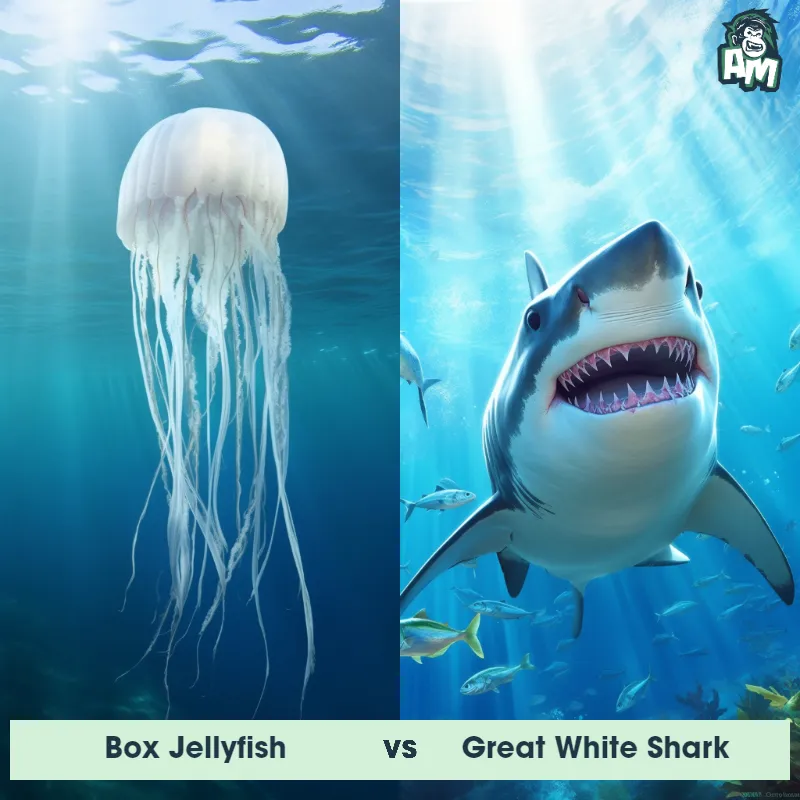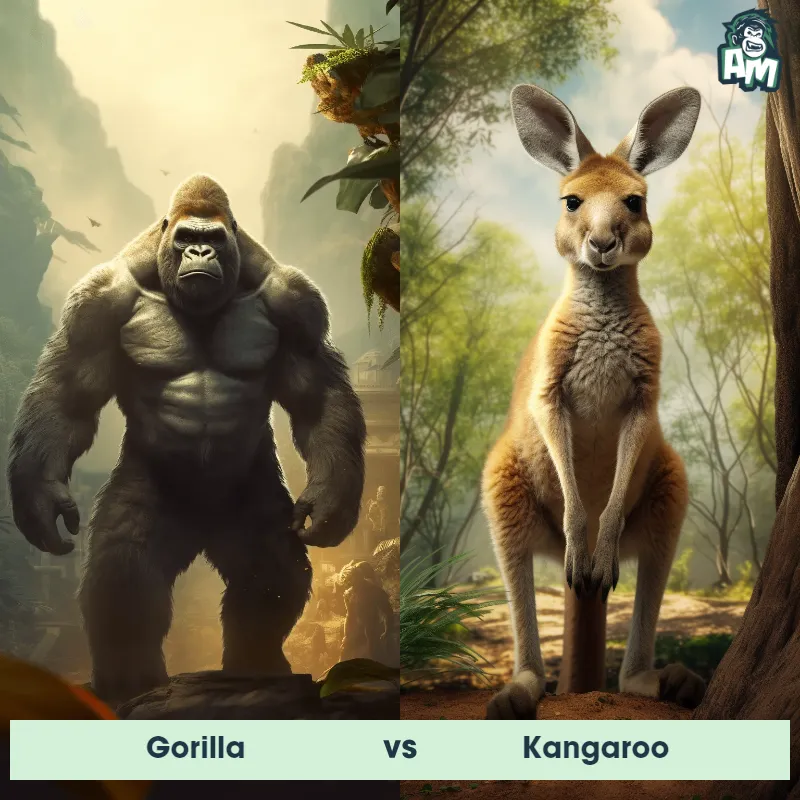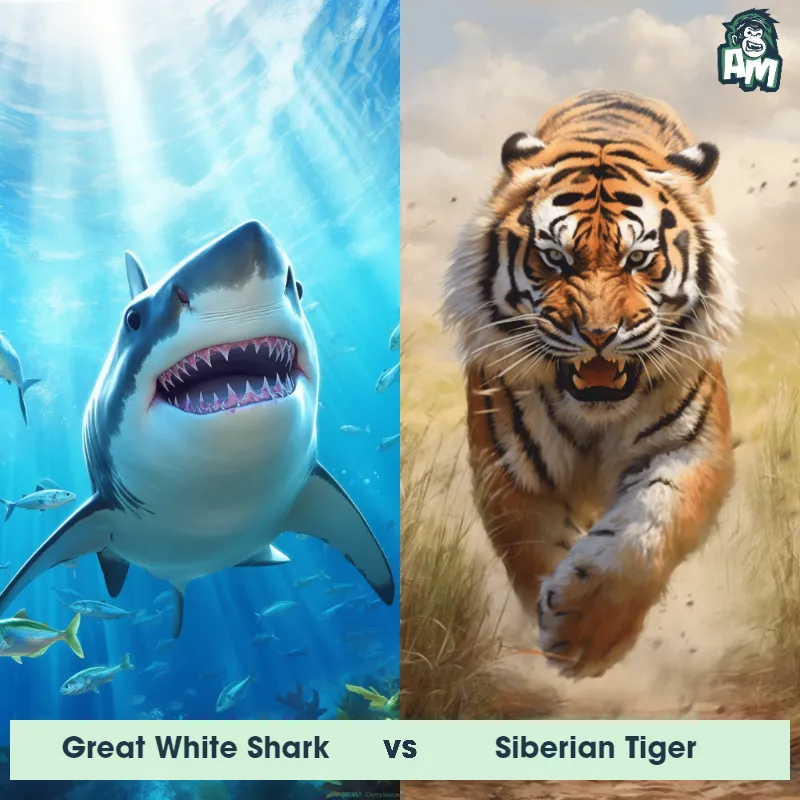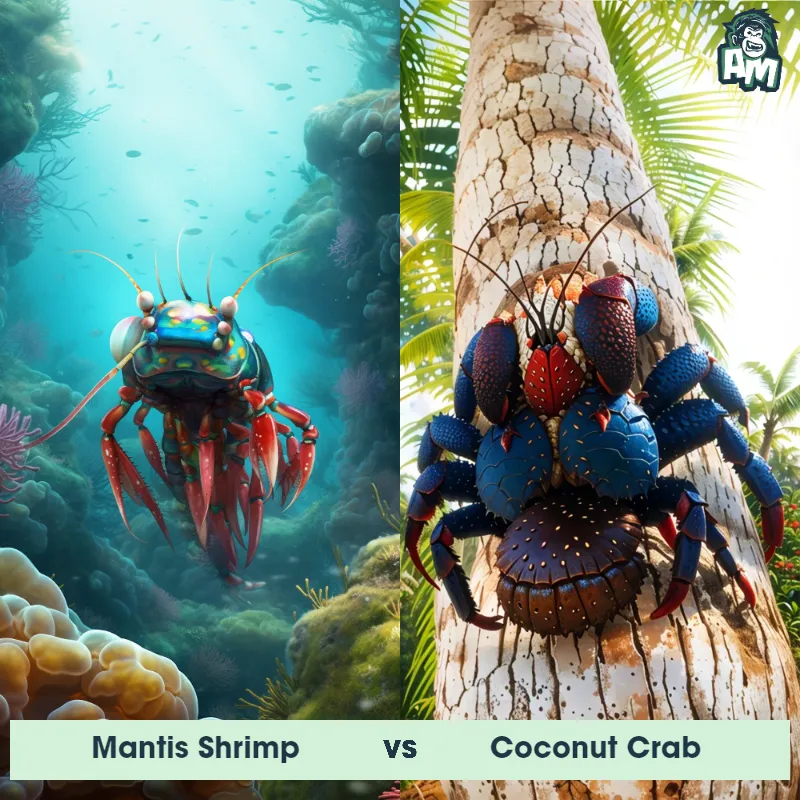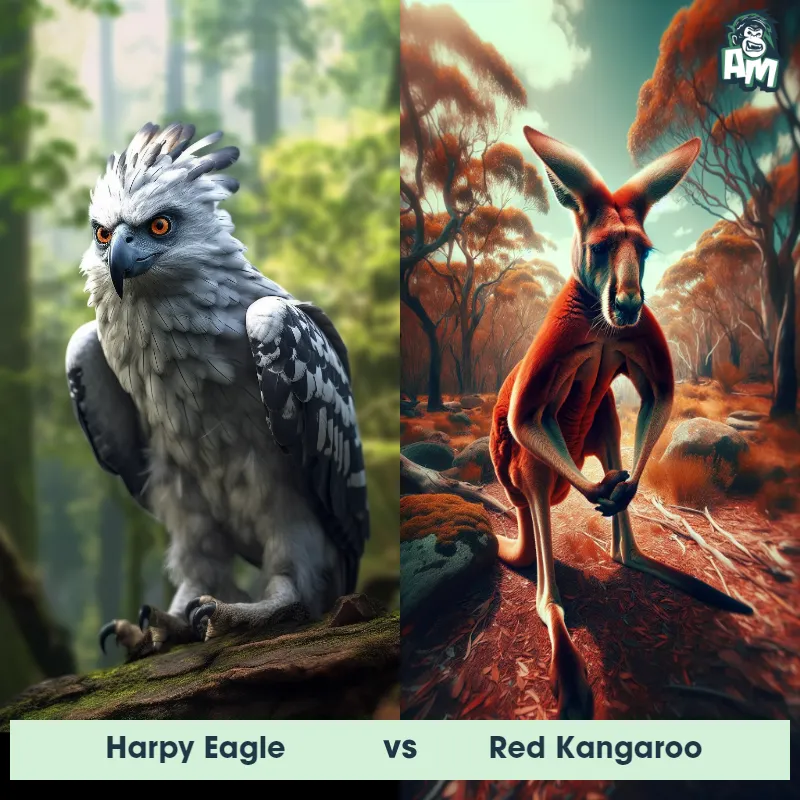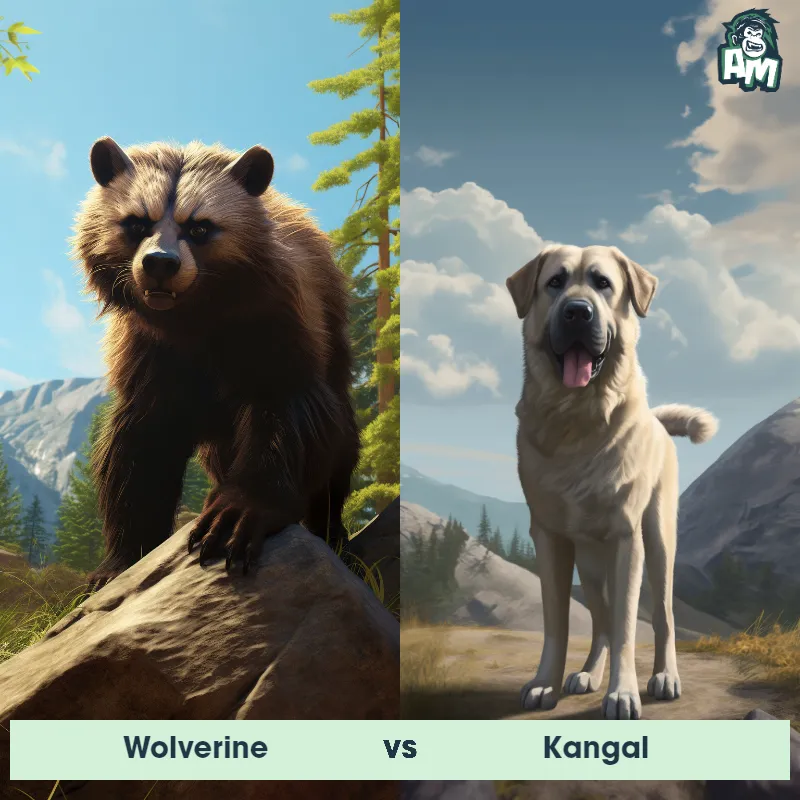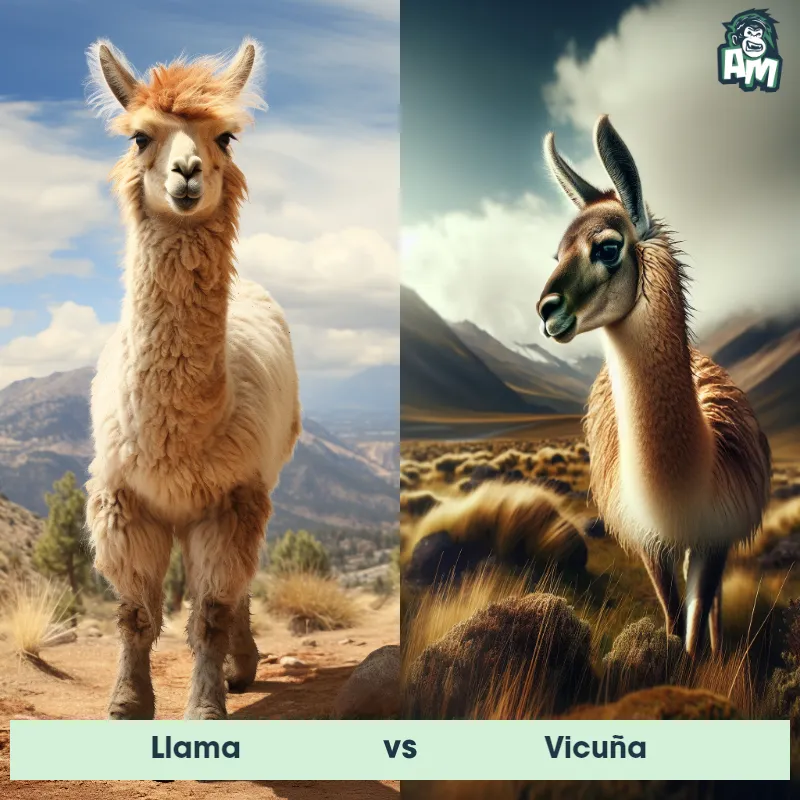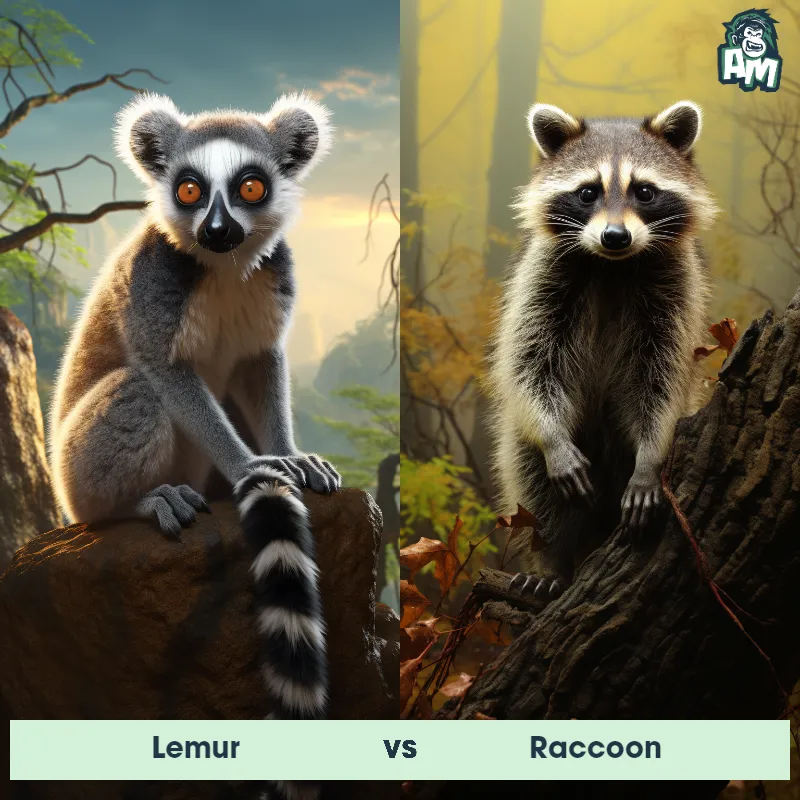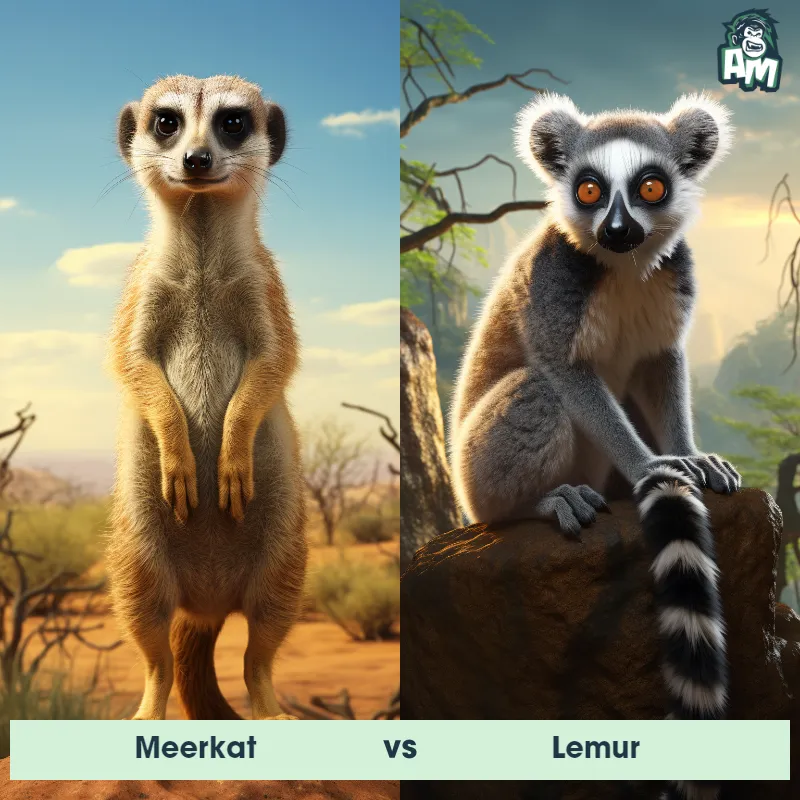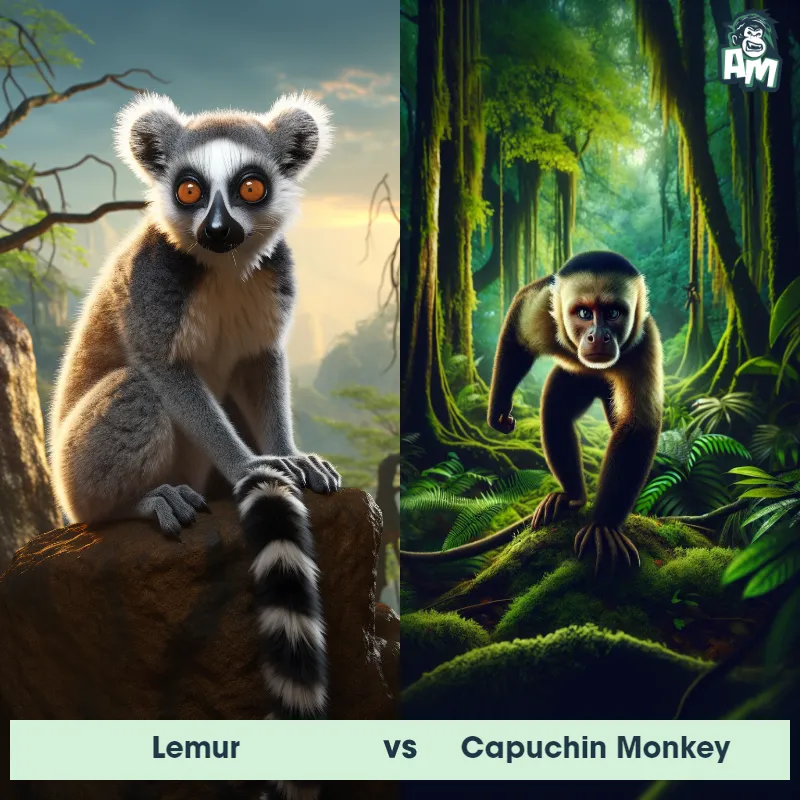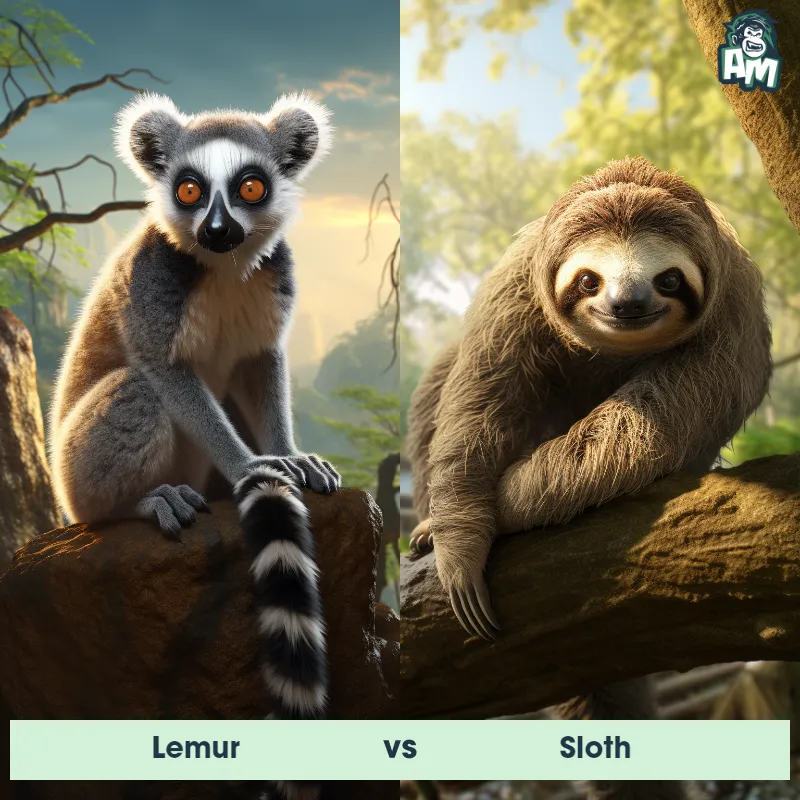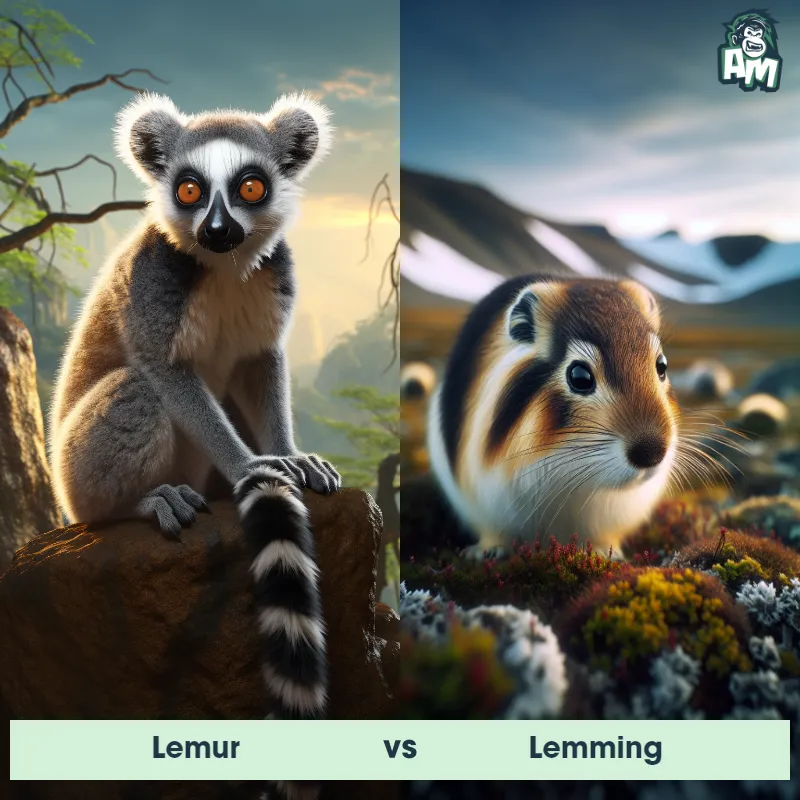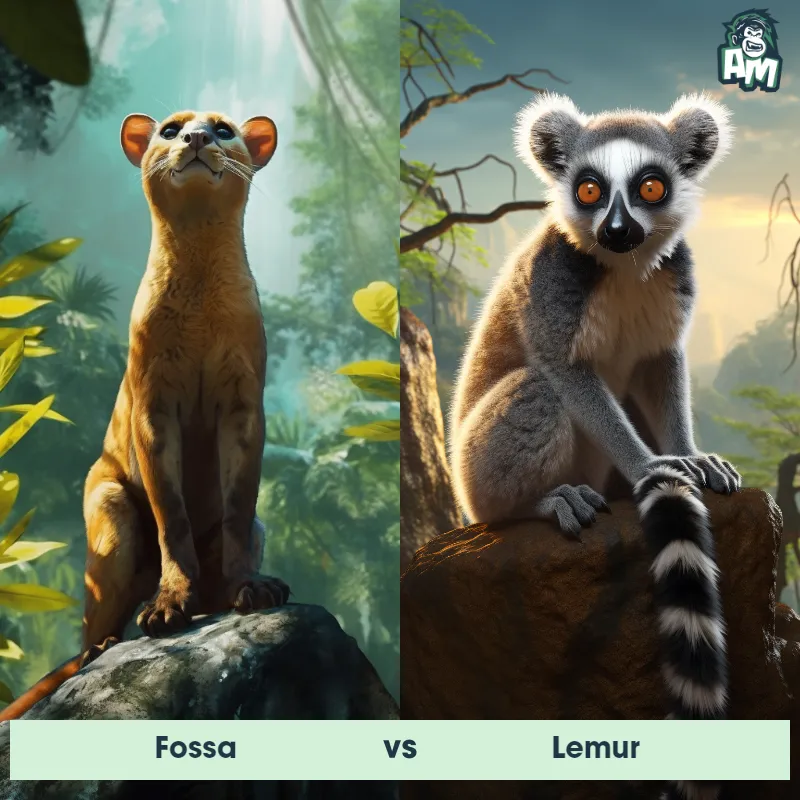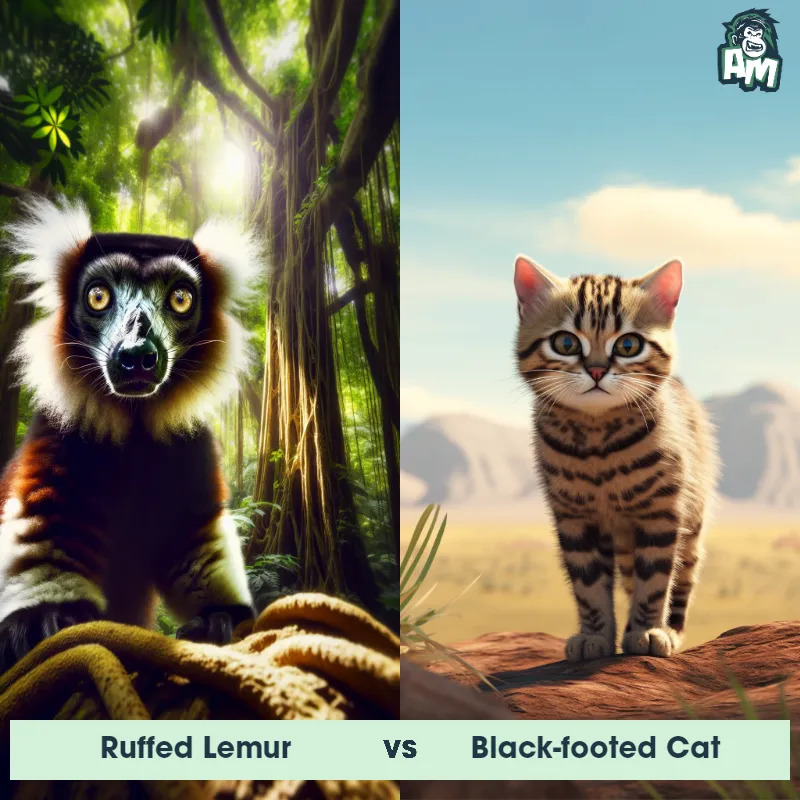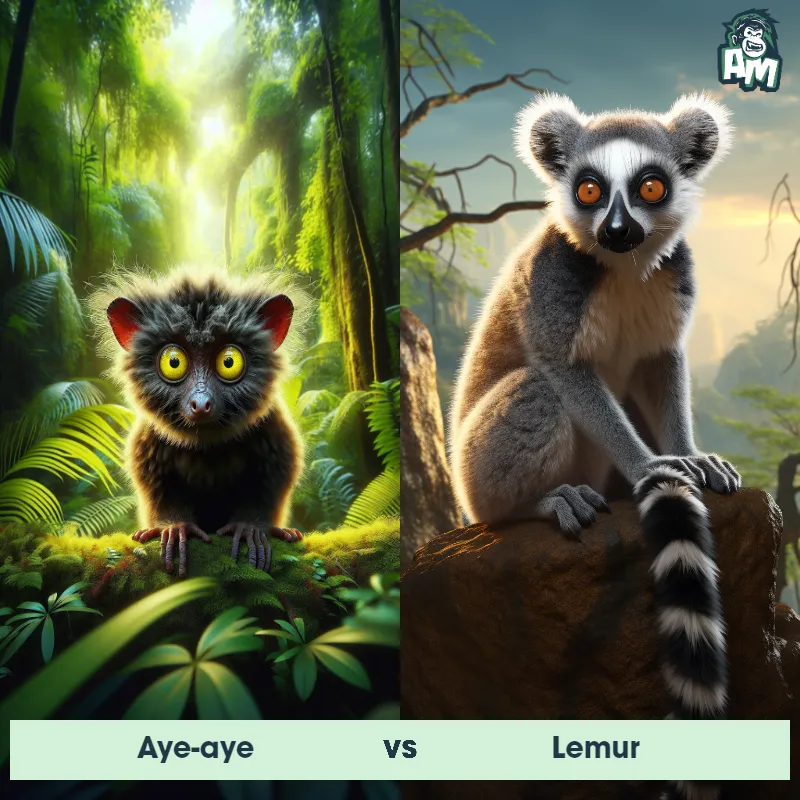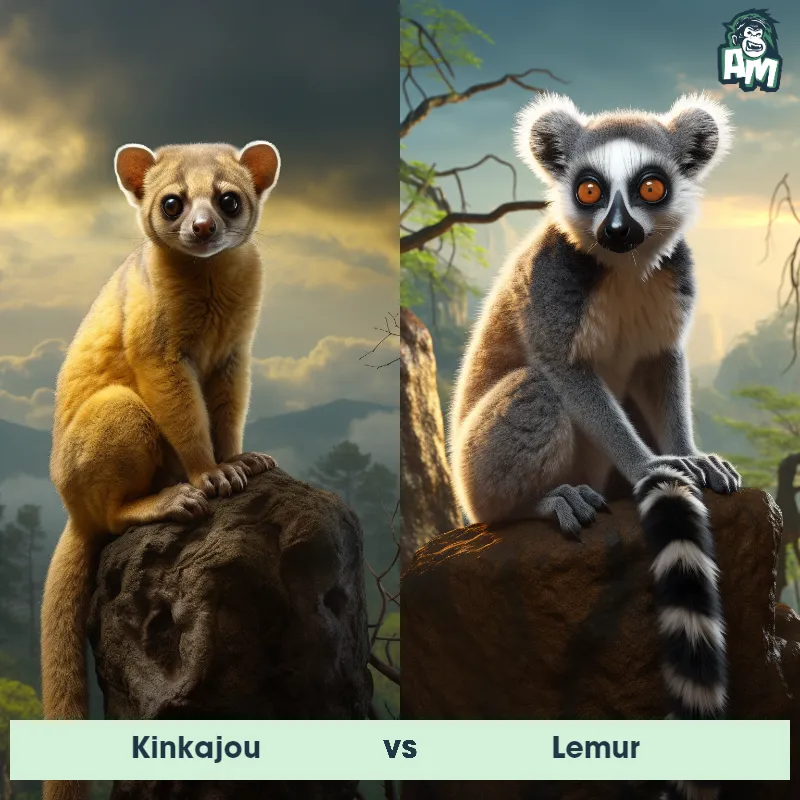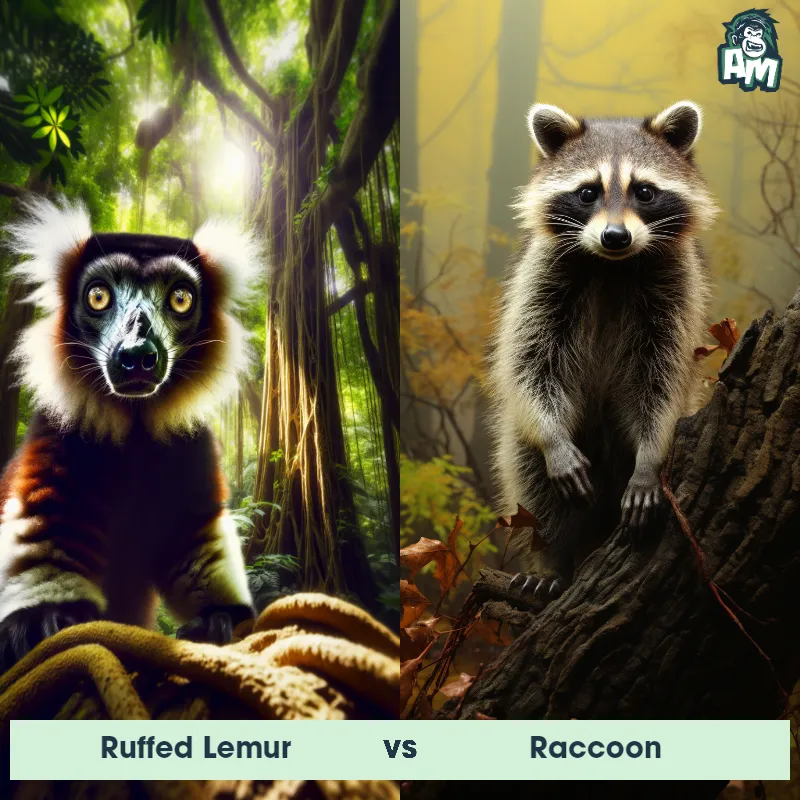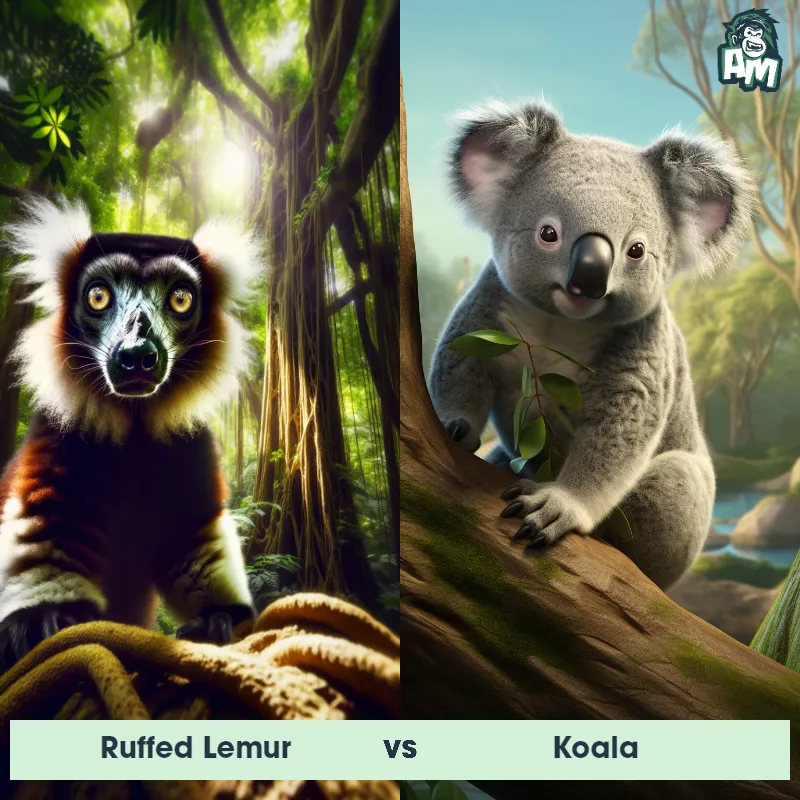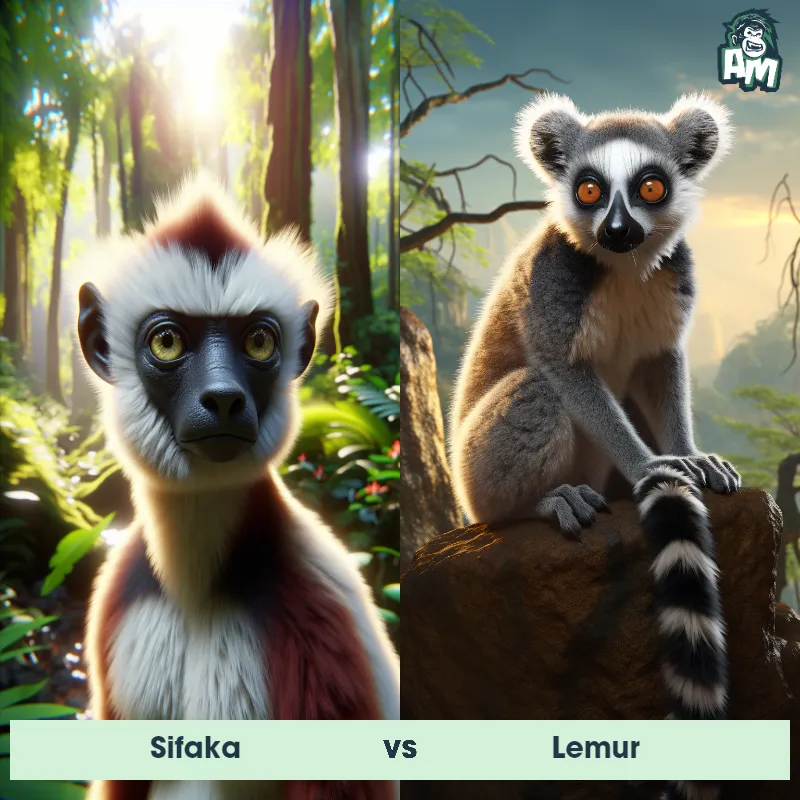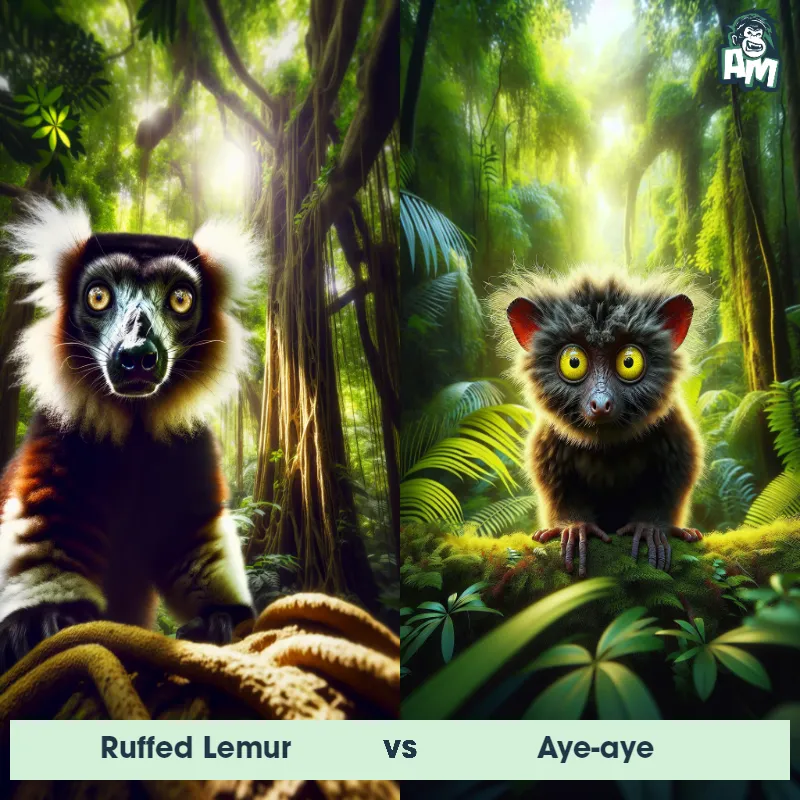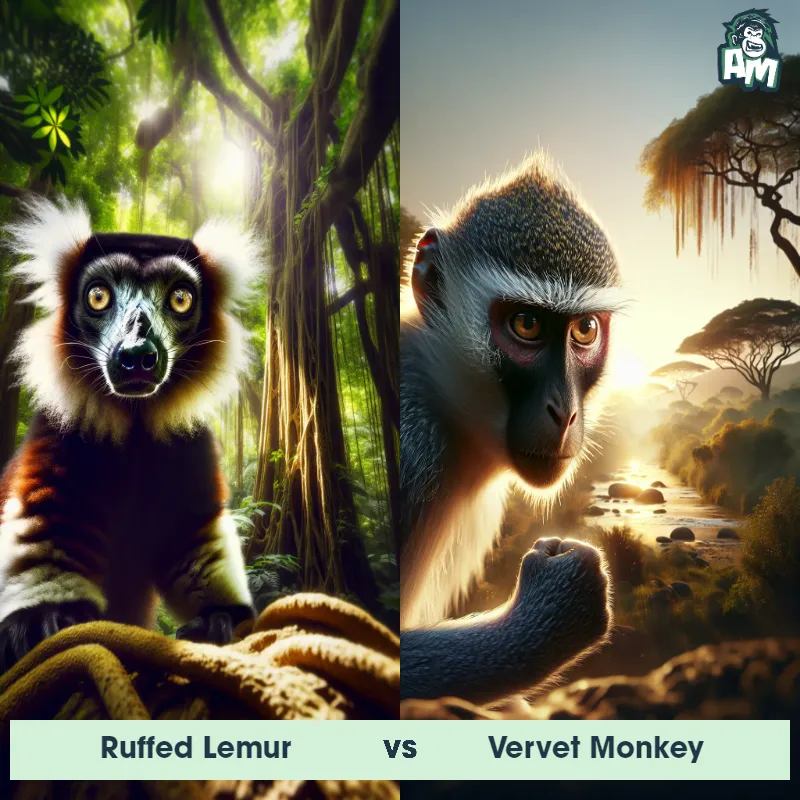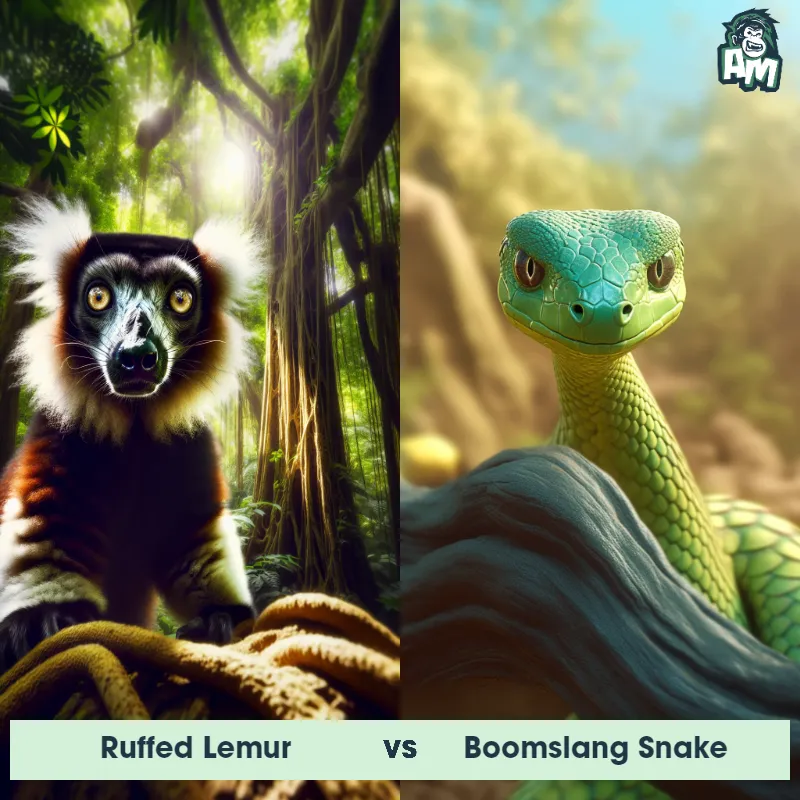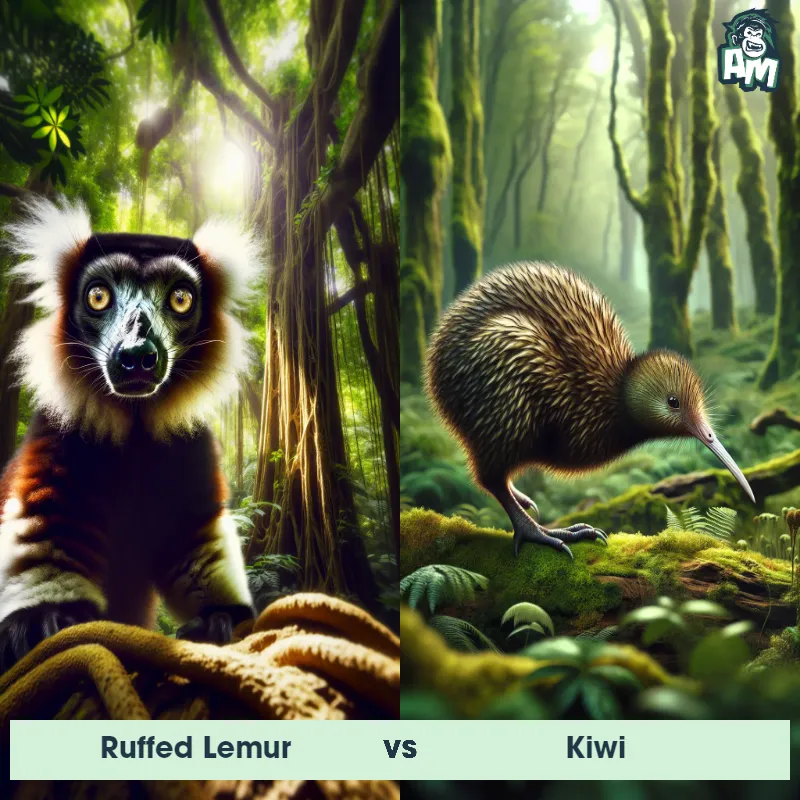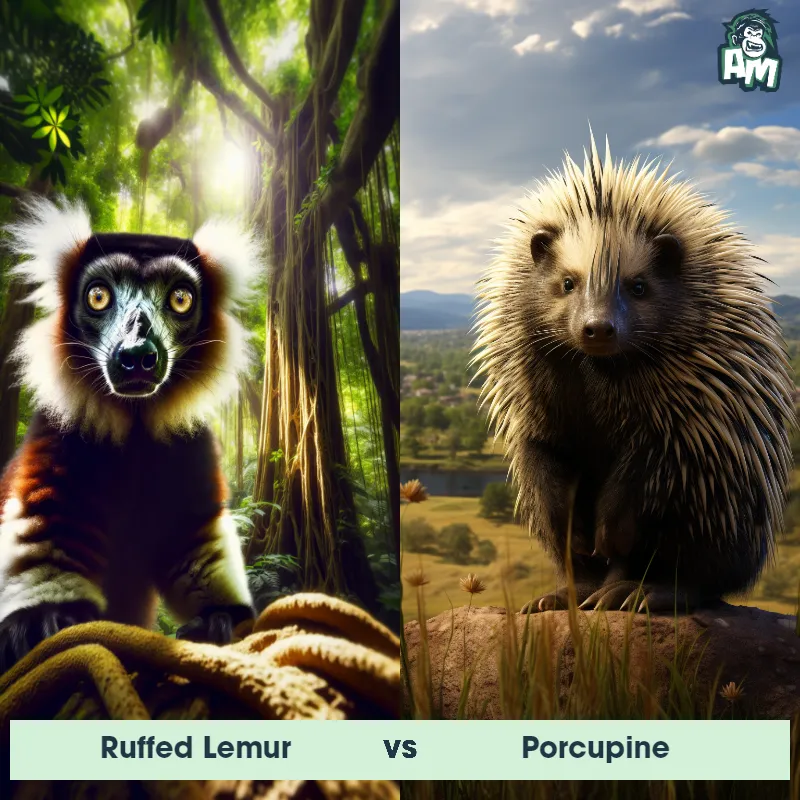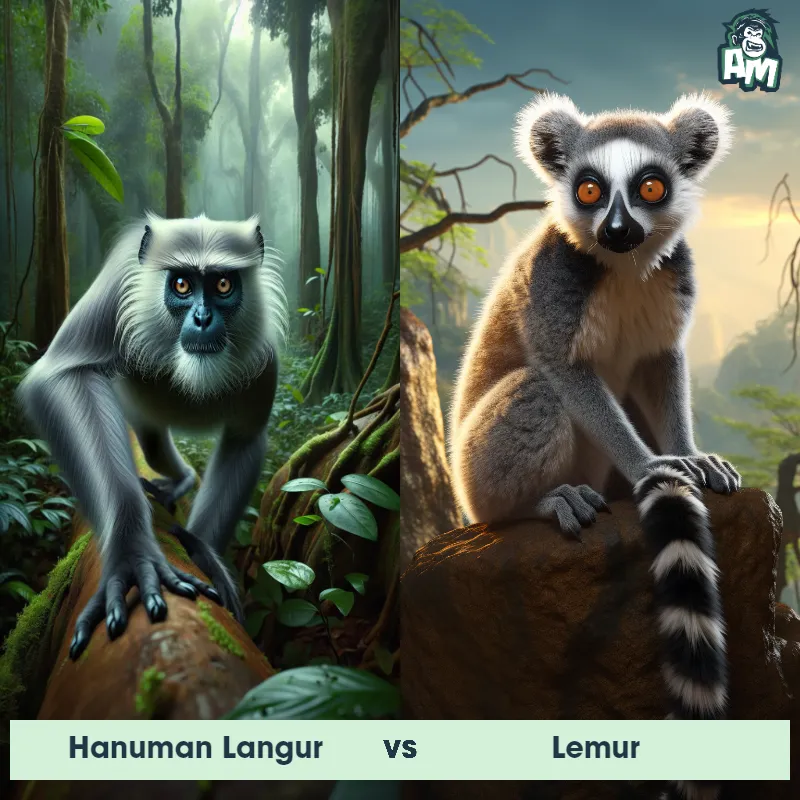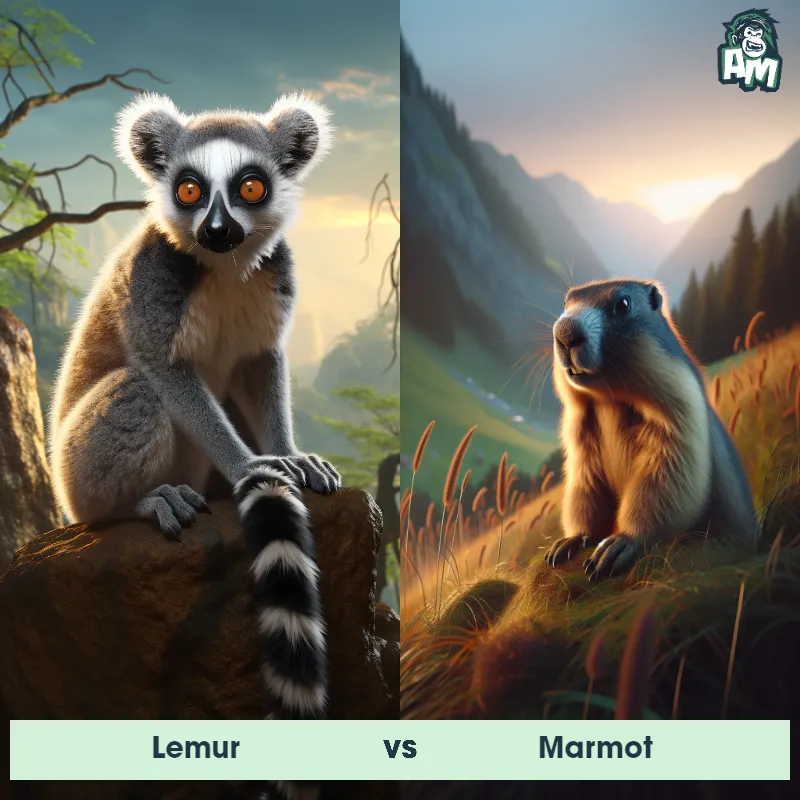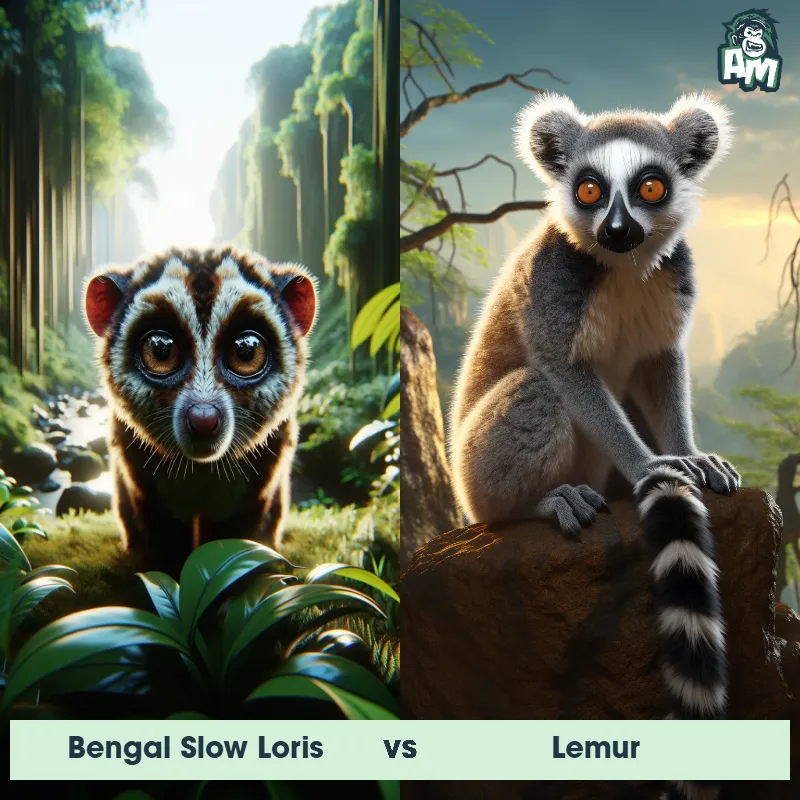Lemur vs IndriSee Who Wins

Ladies and gentlemen, welcome to this thrilling matchup between a Lemur and an Indri! These two agile primates are ready to square off in a fierce battle of skill and determination. Let's dive right into the action!
Contender 1: Lemur
The Lemur is a type of primate known as a prosimian, native to the island of Madagascar. Lemurs come in various sizes and colors, but they are typically characterized by a pointed snout, large eyes, and a long tail that can be longer than their body. Many lemur species have a thick and woolly fur that ranges in color from reddish-brown to gray and black. Lemurs are arboreal animals, spending most of their time in trees, and their diet consists of fruits, leaves, flowers, and insects.
Fun Fact: Lemurs communicate with each other using a variety of vocalizations, body postures, and scent markings, exhibiting a complex and intriguing social structure.
Contender 2: Indri
The Indri, also known as the Babakoto, is a species of lemur found in Madagascar. It is the largest living lemur and can reach a length of up to 70 centimeters. The Indri has a stocky body, long, silky black fur, and a short, stump-like tail. It has large eyes, rounded ears, and a distinctive black and white face. These primates are strictly herbivorous, feeding on leaves, fruits, and flowers. Indris are known for their unique mode of locomotion called vertical clinging and leaping, where they can leap up to 10 meters between tree trunks. They also have a loud and melodious call that can be heard up to 2 kilometers away, which is used for communication and territorial defense.
Fun Fact: One fascinating fact about the Indri is that it exhibits monogamous behavior, forming lifelong pair bonds. Mated pairs are highly territorial, defending their home ranges through vocalizations and scent-marking. They engage in mutual grooming and share parenting responsibilities, with both parents taking care of their offspring.
Matchup Stats
| Lemur | Indri | |
|---|---|---|
| Size | Varies by species, 3.5 inches to 2.5 feet (9 cm to 76 cm) | Up to 70 cm (27.5 in) |
| Weight | Varies by species, 1 ounce to 20 pounds (30 grams to 9 kg) | Up to 9 kg (20 lbs) |
| Speed | 20mph (32km/h) | 20 mph (32 km/h) |
| Key Strength | Agility and speed | N/A (Non-aggressive) |
| Biggest Weakness | Small size and lack of aggressive behavior | N/A (Non-aggressive) |
Current Votes
Lemur vs Indri
See Who Wins
View More Matches
Looking For More?
Similar Matches
Scientific Stats
| Lemur | Indri | |
|---|---|---|
| Scientific Name | Lemuriformes | Indri indri |
| Family | Lemuridae | Indridae |
| Habitat | Forests and jungles | Rainforests |
| Geography | Madagascar | Madagascar |
| Diet | Fruits, leaves, flowers, and insects | Herbivorous |
| Lifespan | 16 years - 25 years | 18 years - 20 years |
Key Differences between Lemur and Indri
- Vocalizations: Lemurs are known for their diverse vocal repertoire, including various calls, songs, and alarm screams, while Indris possess a unique and distinctive call, often described as a loud, haunting song, which can be heard over long distances.
- Facial Features: Lemurs have a relatively short snout, large round eyes, and prominent ears, with some species having facial ornaments such as cheek flanges or tufted ears, whereas Indris possess a longer, slender snout, small round eyes, and less prominent ears.
- Body Proportions: Lemurs generally have a relatively slim and agile body structure, with long legs and arms that aid in climbing and leaping, while Indris have a robust body with shorter limbs, but very powerful hind legs specialized for vertical clinging and leaping.
- Coloration: Lemurs exhibit a wide range of colors including black, white, gray, brown, and red, often with distinct patterns and markings on their fur, whereas Indris have a predominantly black or dark brown coat with minimal variation in coloration.
- Size: Lemurs are generally smaller, ranging from 10 to 22 inches in length and weighing between 1 to 20 pounds, while Indris are larger, measuring around 22 to 28 inches in length and weighing between 13 to 22 pounds.
- Tail Length: Lemurs possess a long, bushy tail that is often longer than their body length, serving as a balance during arboreal locomotion, while Indris have a very short, stubby tail that is barely visible.



